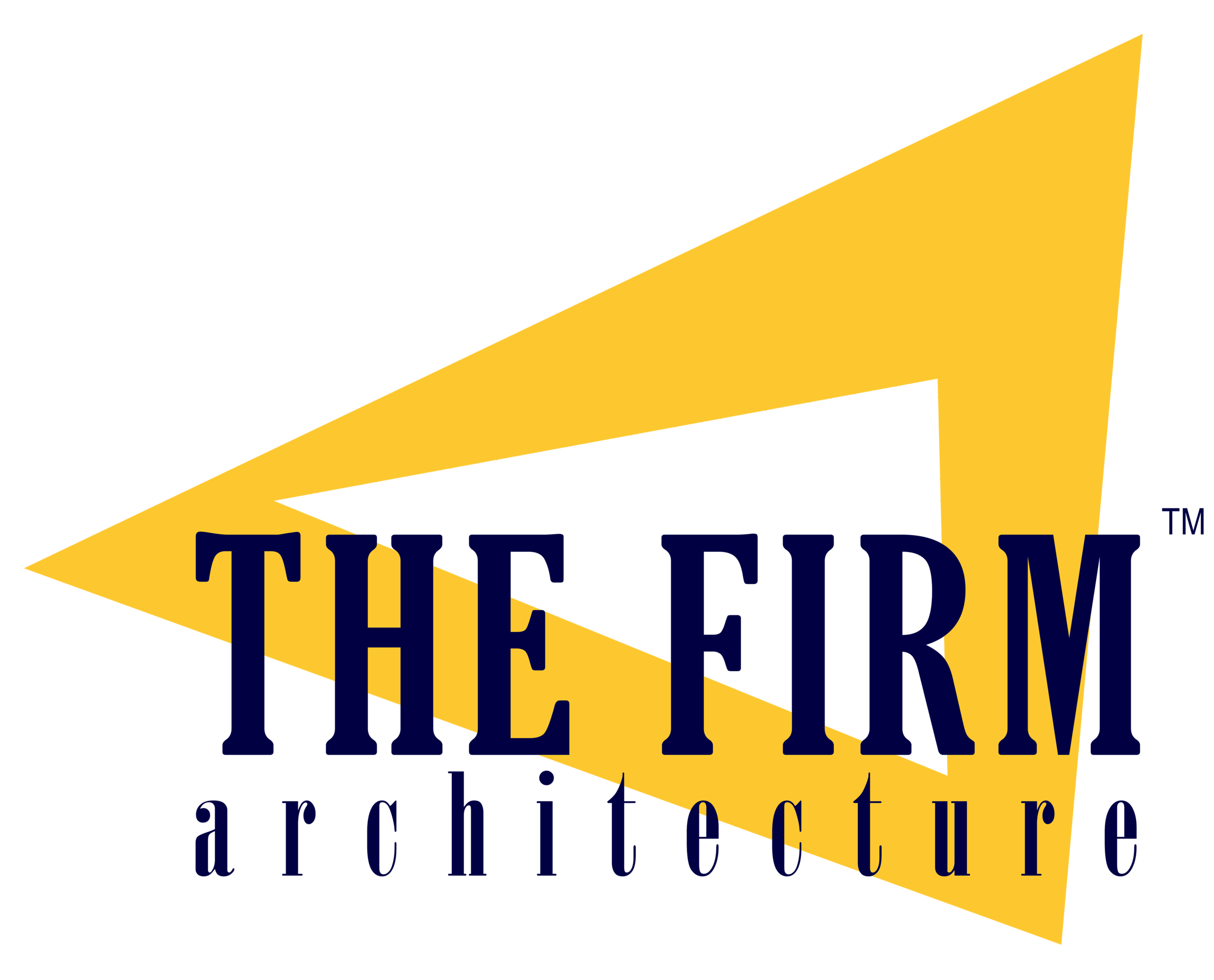Projects — Urban/Public — Auditorium - Airoli, Navi Mumbai
Client - NAVI MUMBAI MUNICIPAL CORPORATION
The facility is designed as a multi-functional auditorium for the community of Airoli. We have tried to surpass the brief with a selection of spacious and rigorously designed spaces that offer the community superior facilities. This 800-seating project includes integral sustainable design solutions that have been considered holistically to ensure that the building performs at maximum efficiency.
The auditorium has been designed as a 'shell within a shell' to provide an insulative layer between the interior and exterior. The function of this layer is twofold: it provides a sound buffer from outside noise, increasing the quality of acoustics within the auditorium and it provides a thermal insulation layer between the interior and exterior, reducing the air-conditioning loads and increasing the building energy efficiency. The building design responds to the solar orientation and capitalizes on it to conserve energy. The foyer and lobbies are situated on the south side with a floor to ceiling glazed facade so that they receive maximum natural light and there is reduced reliance on electrical lighting. The facade design has a prominent slant to afford shade to the foyer to reduce the heat ingress caused by solar gain which is complemented by an overhanging roof to amplify the effect. The large glazed facade is uncharacteristic of a building with such a function but the architects decided that since it was a multi-functional building for the community it was necessary to have an open and inviting entrance, thus re-defining the typology.
The program of the building includes two primary groups of spaces - backstage and front of house. The two different program spaces have been designed with different characteristics to refer to their function and user groups. The front of house has been designed with the auditorium guests in mind and therefore has attractive and ambient spaces that offer occasion to socialize. The asymmetry of the foyer draws attention to the spaces created and highlights a playfulness in the architecture that reflects the informal activities that occur within. The internal balconies offer spill over spaces from the auditorium that overlook the entrance foyer. These inter-spatial links create a hive of excitement pre-and-post show because of the open and collective atmosphere. The backstage rooms have been designed with functionality and performers in mind, these rooms are efficiently arranged to reduce circulation interference and provide necessary private access routes for stage support and performers.
The auditorium itself is designed with acoustics as a top priority. The design of the walls and ceiling are angular to deflect the sound waves in different directions so that there is no interference and the sound quality is high in all areas of the audience. We have specified acoustic wood panels for their resonant properties that allow voices to be amplified to the rear seats. The shape of the auditorium also encourages the sound to amplify to the rear seats thus ensuring that all members of the audience receive superior sound quality. The auditorium has been designed as a multi-functional space that can be acoustically modified depending on the performance. For performances with electrically amplified acoustics, that do not require resonance from the walls, dampening curtains can be drawn to adjust the space suitably.
Additional to the insulative 'shell within a shell' and the solar orientated south facade, the building design also has other sustainable elements. The roof of the building has been designed with a multi-layered aluminum finish metal roofing that is lightweight and highly insulative. A photo-voltaic array is planned for the roof installation which will deliver green power to the building and all lights will be high efficiency LEDs to reduce power demand. Specialized VFDs are specified for water-cooled chillers for air-conditioning, all secondary pumps, AHUs and motors. The specifications include AAC (autoclaved aerated concrete) blocks which offer very good insulation and use fly ash in the composition which is a recycled by product of coal combustion plants. It is proposed that the rain water run-off will be collected and recycled via a rain water harvesting system.






